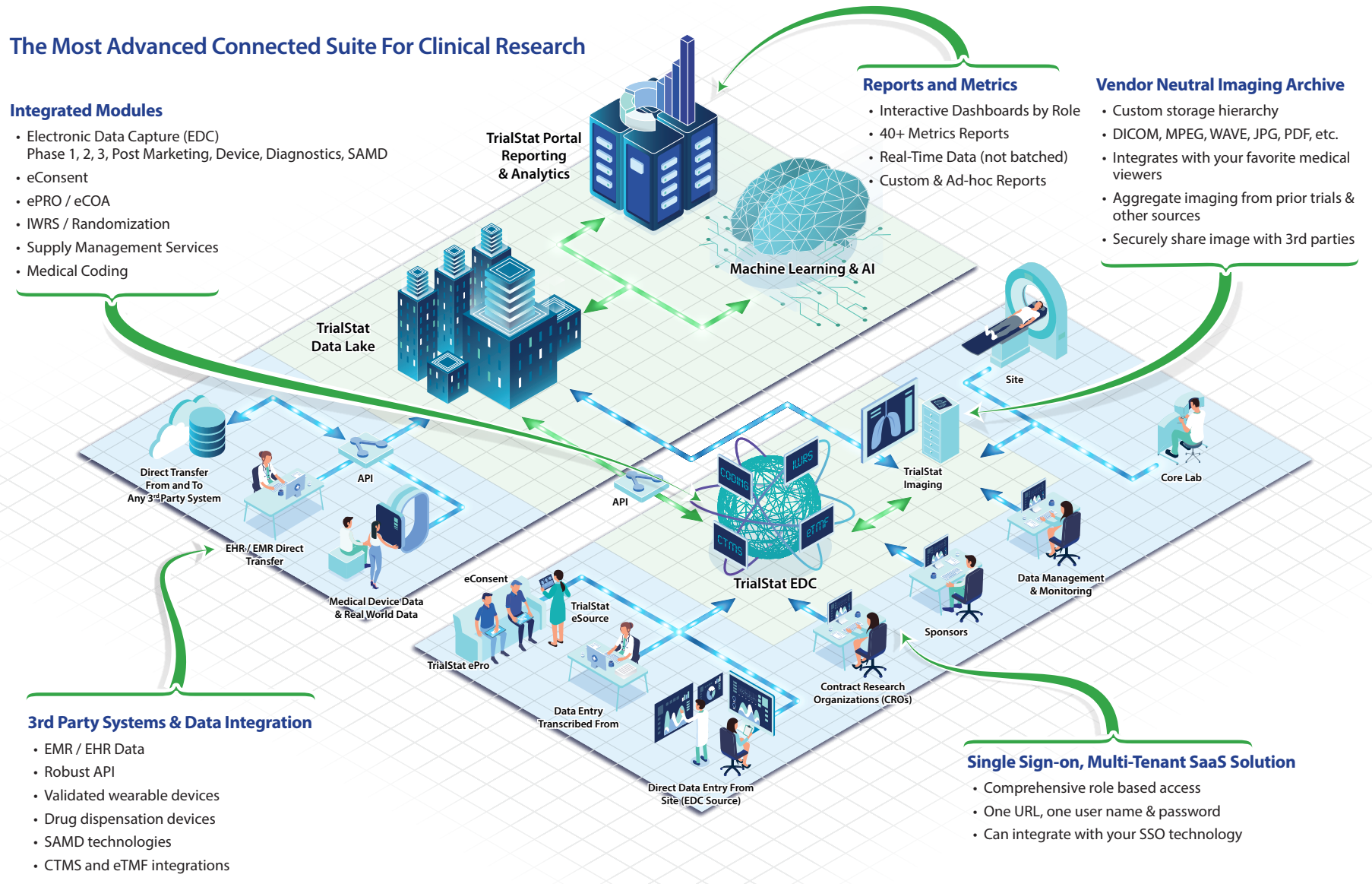Hologic Presents Breast Cancer Index™ Data at SABCS 2021 Showing Net Benefit Predictive Value for Endocrine Therapy Continuation
Breast Cancer Index reaffirmed as a significant predictive and prognostic diagnostic tool to personalize extended endocrine decisions
Excerpt from the Press Release:
MARLBOROUGH, Mass.–(BUSINESS WIRE)–Hologic, Inc. (Nasdaq: HOLX) and its subsidiary, Biotheranostics, Inc., today announced new data demonstrating that Breast Cancer Index™ (BCI) not only predicts preferential recurrence-prevention benefit from extended endocrine therapy (EET), but also predicts the overall benefit/risk and likelihood of improved health outcomes from EET in certain hormone receptor positive (HR+) patients. New data also confirm two biomarkers used in BCI are interconnected molecular drivers of assessing recurrences in HR+ breast cancer. These findings were presented in Spotlight Sessions at the 2021 San Antonio Breast Cancer Symposium (SABCS), which is being held from December 7-10.
“Extended endocrine therapy often comes with tolerability challenges and even significant adverse events,” said study author Marc Buyse, ScD, Associate Professor of Biostatistics at Hasselt University in Belgium. “We found the data to have considerable implications for patient compliance and joint decision-making with their healthcare providers, as patients have a more comprehensive picture of the net benefit of staying on EET so they can better assess the challenges that can come with treatment.”
BCI Significantly Predicts Net Treatment Benefit (NTB) of EET in HR+ Breast Cancer
Research has shown that EET may reduce the long-term risk of recurrence in HR+ breast cancer, but treatment is often accompanied by serious adverse events (AEs), such as bone toxicity, endometrial cancer, embolisms, heart disease and more.1-3 The NTB study, which examined novel patient subset data (N=908 HR+ patients) from the Investigation on the Duration of Extended Adjuvant Letrozole (IDEAL) study, sought to determine the ability of BCI to predict the net benefit from 2.5 years vs. 5 years of EET. These data suggest patients should consider EET if they have a High HOXB13/IL17BR (H/I) result, and it confirms there is a significant NTB from EET for patients even when balanced against more serious AEs (i.e., Grade 3 or higher).
BCI Biomarkers Independently Contribute to its Ability to Predict EET Benefit
While clinical and pathologic factors are prognostic, they do not reliably predict benefit from EET like BCI [H/I] does.1-4 The Molecular Grade Index (MGI) study assessed the relationship of proliferation (MGI) and endocrine response (H/I) to further support how the BCI assay works. These data confirmed that the two biomarkers contributing to BCI’s risk assessment (H/I and MGI) drove tumor biology, thus validating BCI’s role in offering personalized extended endocrine decisions based on the individual patient’s tumor.
“These data analyzing H/I and MGI genes solidify our understanding of the relationship between these two critical components of BCI,” said study author Reshma Mahtani, DO, Professor of Medicine at the University of Miami, Sylvester Comprehensive Cancer Center. “The insights confirm H/I and MGI are interdependent contributors of risk and benefit thus both necessary elements working in combination to determine risk of recurrences in HR+ breast cancer, further ensuring providers are equipped to make informed prognoses in routine care with BCI.”
Click the button below to read the entire Press Release:
Discover What Sets TrialStat Apart From Ordinary EDC Platforms
Click the image or button below to explore our eClinical Suite Platform and discover what sets TrialStat apart from competing EDC platforms.
Request Your Demo Today!
From rapid database build through database lock, we deliver consistent quality on-time and on-budget. Ready to upgrade your eClinical toolkit?

